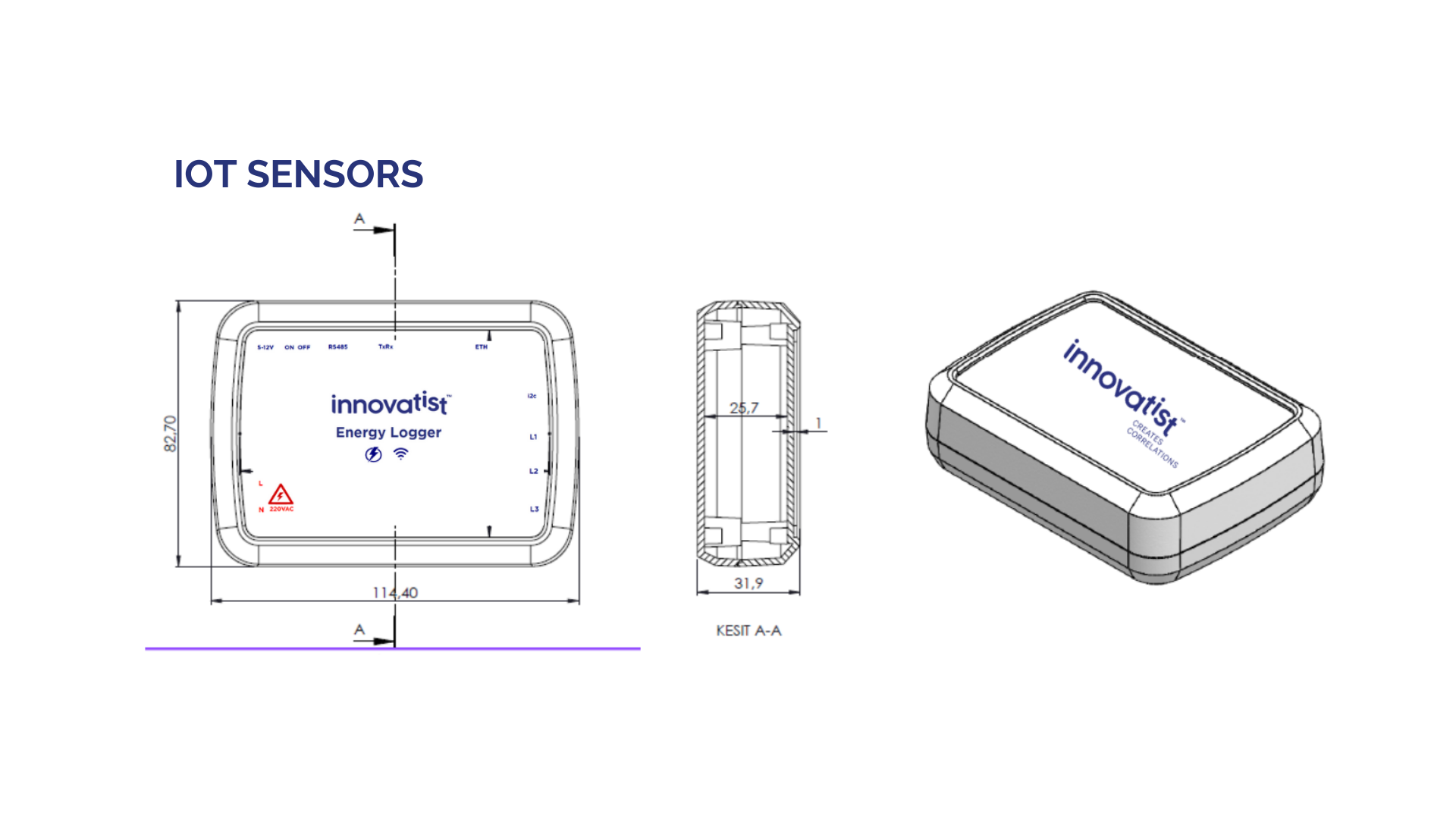
IoT (Internet of Things) sensors provide numerous benefits across various industries and applications.
These sensors have a crucial role in collecting data from facilities, enabling real-time monitoring and analysis. IoT sensors are designed to detect and measure physical parameters such as temperature, humidity, voltage, current, air quality, noise levels and more. They can also capture data from specialized sensors like gas sensors, pollution detectors, and water quality sensors.
IoT (Internet of Things) sensors provide numerous benefits across various industries and applications.
These sensors have a crucial role in collecting data from facilities, enabling real-time monitoring and analysis. IoT sensors are designed to detect and measure physical parameters such as temperature, humidity, voltage, current, air quality, noise levels and more. They can also capture data from specialized sensors like gas sensors, pollution detectors, and water quality sensors.
As the IoT ecosystem continues to grow, the role and impact of sensors in collecting and transmitting data for a wide range of applications will only become more significant.
IoT Sensor Types
INNO-001 - Current & Voltage Sensors: These sensors are designed to measure and monitor electrical parameters in various applications. These sensors play a crucial role in ensuring the energy efficiency, safety, and reliability of electrical systems.
INNO-002 - Temperature Sensors: These sensors measure ambient temperature and are used in applications like weather monitoring, climate control in buildings, and cold chain logistics.
INNO-003 - Humidity Sensors: These sensors measure the moisture content in the air. They are essential for applications like HVAC systems, indoor air quality monitoring, and greenhouse control.
INNO-004 - Gas Sensors: These sensors detect the presence and concentration of specific gases in the environment. Applications include air quality monitoring, industrial safety (detecting hazardous gas leaks), and emissions monitoring.
INNO-005 - GPS (Global Positioning System) Sensors: GPS sensors determine precise location and are widely used in navigation systems, asset tracking, and location-based services.
INNO-006 - Water Quality Sensors: These sensors assess parameters such as pH, turbidity, and dissolved oxygen in water bodies. They are used in environmental monitoring and water treatment systems.
Key Benefits & Functions of IoT sensors
Data Collection: IoT sensors provide continuous and real-time data collection, allowing organizations to gather valuable insights into various processes, systems, and environments. This data can be used for analytics, trend analysis, and decision-making, leading to improved efficiency and productivity.
Energy Efficiency: IoT sensors help facilities to reduce energy consumption by providing insights into energy usage patterns.
Environmental Monitoring: Sensors can measure environmental parameters such as temperature, humidity, air quality, and noise levels. Facility managers can use this data to create a comfortable and healthy indoor environment for visitors/employees and ensure compliance with environmental regulations.
Asset Tracking: IoT can be used to track the location and status of assets within a facility, such as equipment, vehicles, and inventory. This helps in optimizing asset utilization and preventing theft or loss.
Scalability: IoT sensor networks can be easily scaled by adding more sensors as needed. This scalability is useful in applications where data needs may grow over time.
